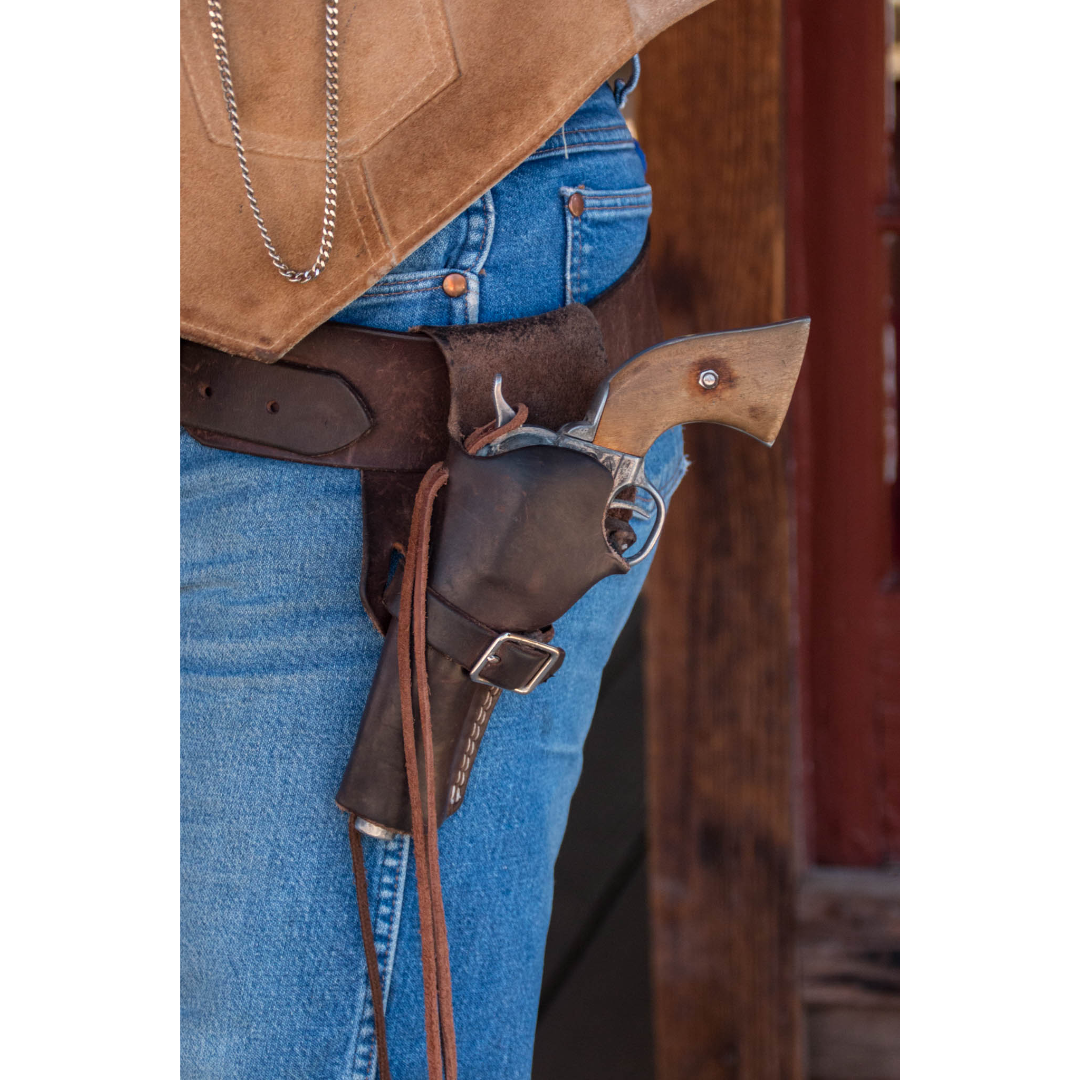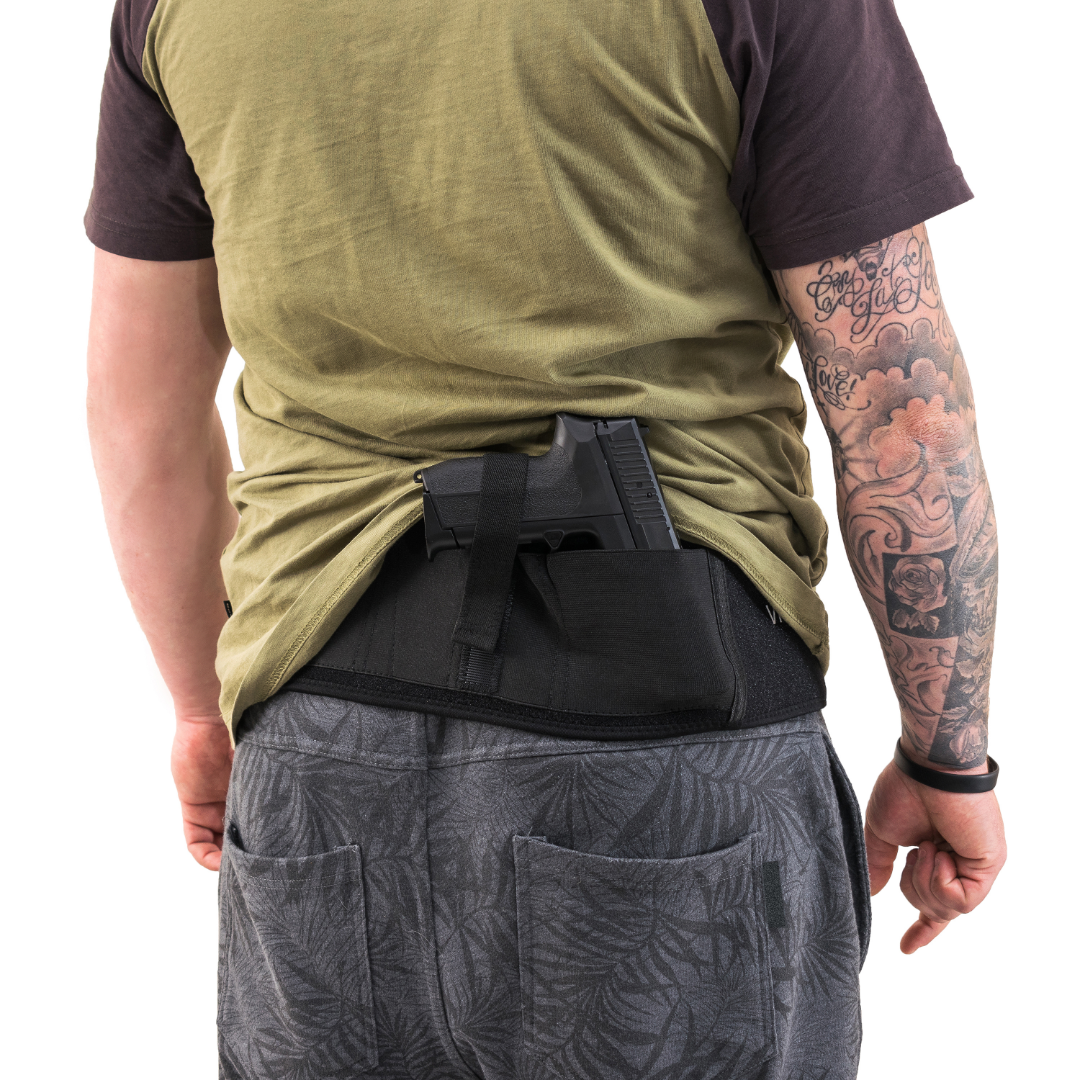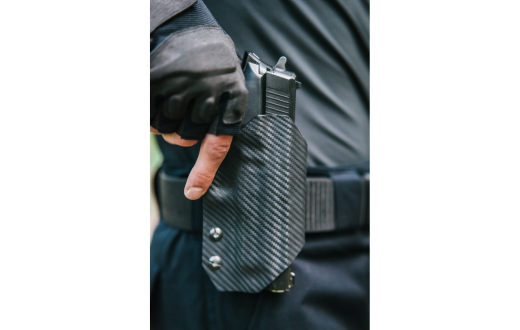When it comes to carrying a concealed firearm, selecting the right holster is crucial. A well-designed holster provides comfort, ensures proper concealment, and allows for quick and easy access to your weapon when needed. In this blog post, we will delve into the key factors to consider when choosing the perfect holster, focusing on comfort, concealment, and accessibility.
Comfort:
Carrying a firearm should not be an uncomfortable experience. A comfortable holster will ensure that you can go about your daily activities without feeling any unnecessary strain or discomfort. Here are a few factors to consider:
Material: Holsters are typically made from materials such as leather, Kydex, or nylon. Each material has its own pros and cons. Leather holsters are often more comfortable against the skin but may require a break-in period. Kydex and nylon holsters are generally more rigid, but they offer excellent retention and durability.
Design: The design of the holster plays a significant role in comfort. Look for holsters that feature smooth edges, rounded corners, and adjustable retention screws. These features help to prevent irritation and ensure a snug fit without sacrificing comfort.
Carry position: Consider how you prefer to carry your firearm. There are various options such as inside-the-waistband (IWB), outside-the-waistband (OWB), appendix carry, shoulder holsters, and ankle holsters. Each position has its own comfort considerations, so choose the one that aligns with your lifestyle and personal preferences.

Concealment:
Concealment is of utmost importance when carrying a concealed firearm. A good holster should effectively hide the weapon from view, maintaining your privacy and preventing unnecessary attention. Here are some factors to consider:
Size and profile: A compact and low-profile holster will ensure better concealment. Look for options that minimize the footprint of your firearm and keep it close to your body. This will prevent printing (the visible outline of the firearm through clothing) and make it less obvious that you are carrying.
Clothing compatibility: Your choice of holster should work well with your typical wardrobe. Consider the types of clothing you regularly wear and ensure that your chosen holster can be concealed effectively with them. Experiment with different clothing options and holster positions to find the best combination for your needs.
Retention and security: While concealment is crucial, it’s equally important to ensure that your firearm is secure in the holster. Look for holsters that offer adjustable retention systems or active retention mechanisms like thumb breaks or retention hoods. These features will provide peace of mind by keeping your firearm securely in place.

Accessibility:
In a self-defense situation, quick and easy access to your firearm can make all the difference. Consider the following factors to ensure that your holster allows for convenient accessibility:
Draw technique: Different holsters are designed to accommodate various draw techniques. Some holsters offer a full grip from the start, while others require a slight adjustment of your grip during the draw. Practice your preferred draw technique with your holster to ensure a smooth and reliable draw every time.
Holster positioning: The placement of your holster on your body can significantly impact accessibility. Experiment with different positions to find the one that allows for quick and intuitive access to your firearm while maintaining concealment. Remember to practice drawing from each position to ensure proficiency.
Training and practice: No matter how well-designed your holster is, it’s essential to train and practice regularly. Familiarize yourself with your chosen holster’s features and practice drawing and reholstering your firearm safely. Regular practice will improve muscle memory, speed, and overall proficiency.

